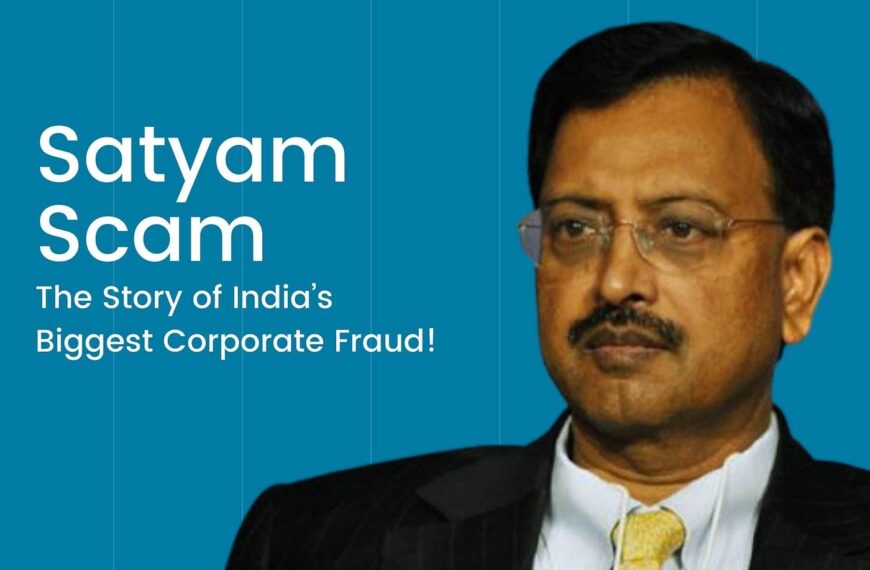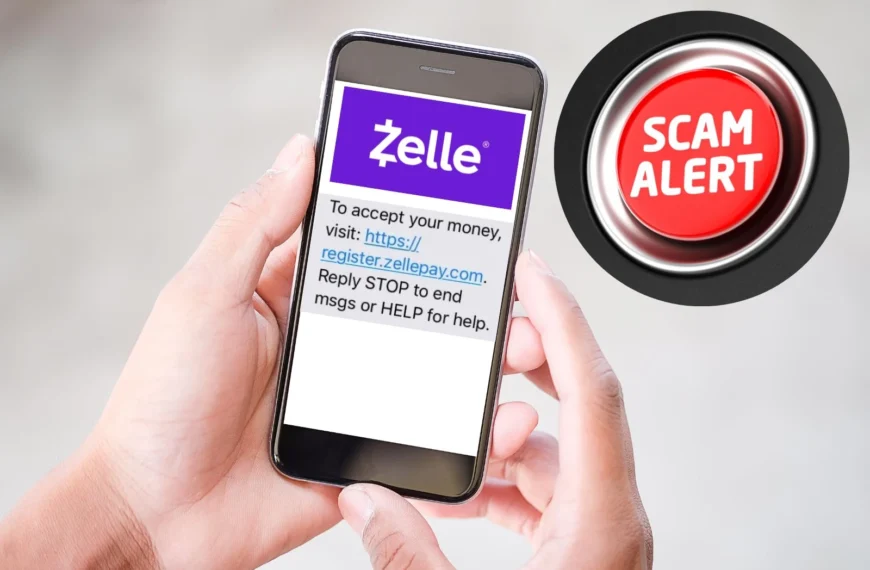WorldCom Fraud remains one of the most notorious corporate scandals in U.S. history. The collapse of WorldCom—once a telecommunications giant—was precipitated by deliberate accounting manipulations designed to inflate the company’s earnings and mask its true financial condition. In this comprehensive guide, we delve into what happened at WorldCom, outline key red flags to spot similar fraudulent schemes, and provide practical measures for online users to protect themselves from scams.
What Was the WorldCom Fraud?
WorldCom engaged in fraudulent accounting practices that shocked the financial world in the early 2000s. The fraud primarily involved two major schemes:
- Misclassification of Expenses:
WorldCom improperly capitalized operating expenses—specifically, the “line costs” (expenses associated with interconnection fees for telephone calls)—as long-term capital expenditures. This maneuver allowed the company to defer recognizing these costs as immediate expenses, thereby artificially boosting its reported profits. - Revenue Inflation:
Executives manipulated financial records by booking fictitious or inflated revenue entries into “corporate unallocated revenue accounts.” These dubious entries masked the company’s declining earnings and sustained an illusion of robust growth.
The scheme was eventually exposed by internal auditors led by Cynthia Cooper, whose determination uncovered over $3.8 billion in fraudulent entries. This revelation not only led to the resignation or firing of key executives but also forced WorldCom into bankruptcy and reshaped regulatory oversight in the corporate world.
How to Spot Similar Scams
While the WorldCom scandal is a historical event, the tactics employed continue to serve as cautionary lessons for investors and online users. Here are some critical indicators and steps to recognize and investigate potential financial fraud:
Key Red Flags to Watch For
- Inconsistent Financial Metrics:
Look out for companies that report unusually stable expense ratios or profit margins despite volatile market conditions. For example, WorldCom’s insistence on maintaining a fixed line cost-to-revenue ratio was a major red flag. - Lack of Transparency in Reporting:
If financial statements lack detailed explanations, or if adjustments (such as reclassifying expenses) are not clearly supported by documentation, it may indicate underlying irregularities. - Pressure to Meet Unrealistic Targets:
Excessive emphasis on meeting Wall Street expectations or dramatic shifts in revenue without clear operational justification should prompt further investigation. - Auditor and Whistleblower Alerts:
Be attentive to signals from independent auditors or whistleblowers. In the case of WorldCom, internal whistleblowers played a pivotal role in exposing the fraud.
en.wikipedia.org
Investigative Steps
- Review Independent Reports:
Always cross-check financial data with third-party reports from reputable sources such as SEC filings, financial news outlets, or independent analysts. - Analyze Historical Trends:
Compare current financial metrics against historical performance and industry benchmarks. Significant deviations can be a sign of manipulated numbers. - Monitor Auditor Disclosures:
If an auditor withdraws or modifies their opinion, or if there is unusual audit activity, these could indicate that something is amiss with the company’s financial practices.
Measures to Protect Yourself from Online Scams
While the WorldCom fraud was a case of corporate-level accounting manipulation, similar principles apply when protecting yourself against online scams. Here are some actionable tips for online users:
1. Conduct Thorough Research
- Verify Company Credentials:
Before investing or engaging with a company online, review their SEC filings, financial reports, and any available third-party audits. Reliable companies have transparent and verifiable financial records. - Check Regulatory Websites:
Visit official websites like the U.S. Securities and Exchange Commission (SEC) or similar regulatory bodies in your country to confirm the legitimacy of a business.
2. Be Wary of Unrealistic Offers
- High Returns with Low Risk:
Offers that promise unusually high returns with minimal or no risk are classic red flags. If an investment sounds too good to be true, it probably is. - Pressure Tactics:
Scammers often use urgency or high-pressure tactics to force quick decisions. Always take the time to research and consult trusted financial advisors before committing your money.
3. Use Secure Online Practices
- Maintain Updated Security Software:
Protect your computer and personal data with reputable antivirus and anti-malware software. Regular updates help safeguard against new threats. - Enable Two-Factor Authentication (2FA):
Wherever possible, use 2FA for your financial accounts and online transactions to add an extra layer of security. - Regularly Monitor Your Financial Accounts:
Stay alert for any unauthorized transactions or irregularities. Promptly reporting suspicious activity can prevent further losses.
4. Educate Yourself Continuously
- Learn the Basics of Financial Statements:
Understanding the fundamentals of financial reporting and accounting can help you spot discrepancies and red flags in financial data. - Stay Informed on Common Scams:
Follow reputable financial news outlets and subscribe to security alerts from regulatory agencies to remain updated on emerging scams.
Conclusion
The WorldCom fraud not only reshaped the telecommunications industry but also left a lasting legacy on corporate governance and financial regulation. By understanding the mechanics of such a scam, recognizing the warning signs, and implementing robust security and research practices, you can protect yourself from similar fraudulent schemes in today’s digital landscape.
Stay informed, remain skeptical of overly polished financial reports, and always do your due diligence. The lessons from WorldCom are as relevant now as they were two decades ago.














